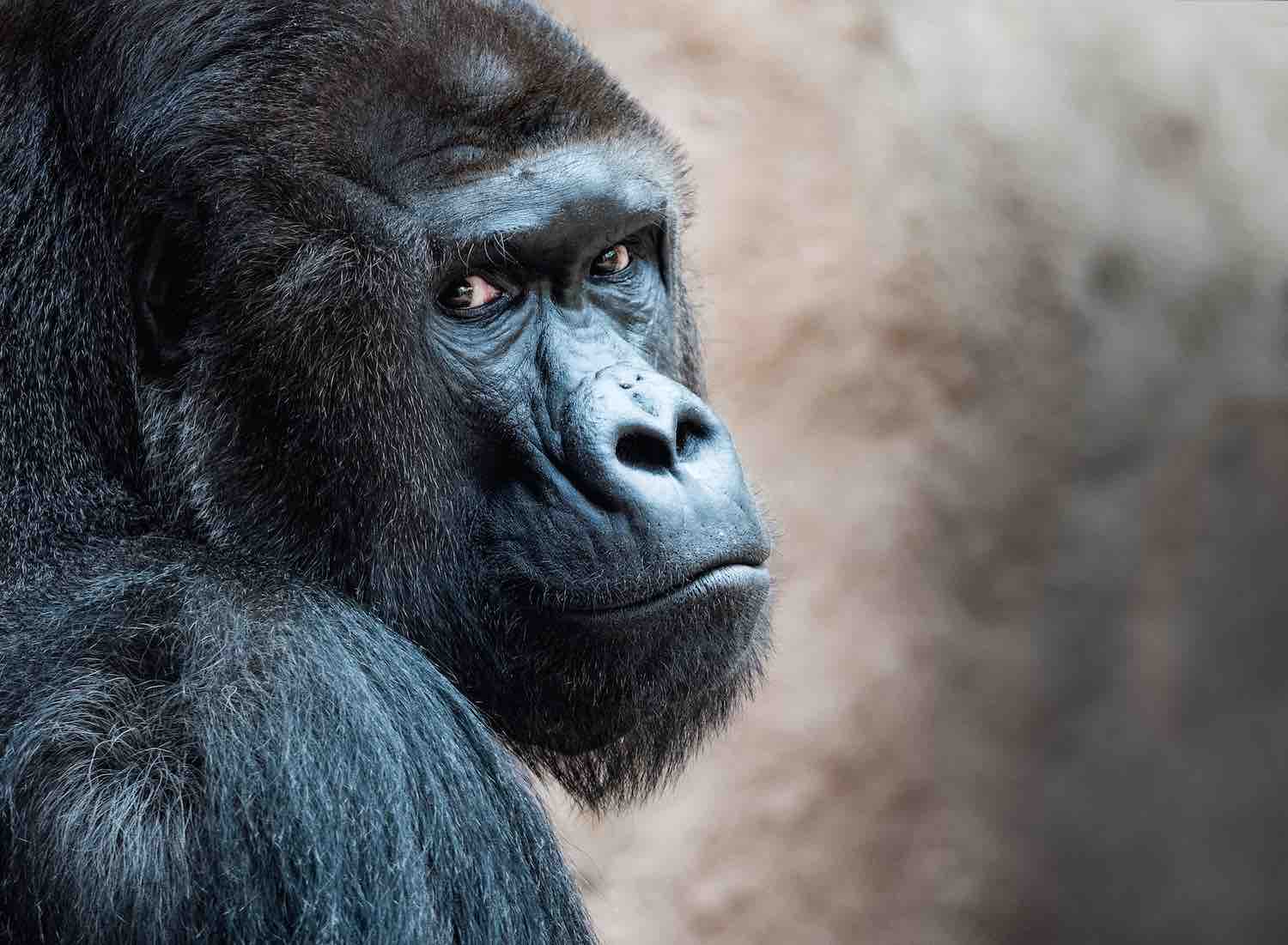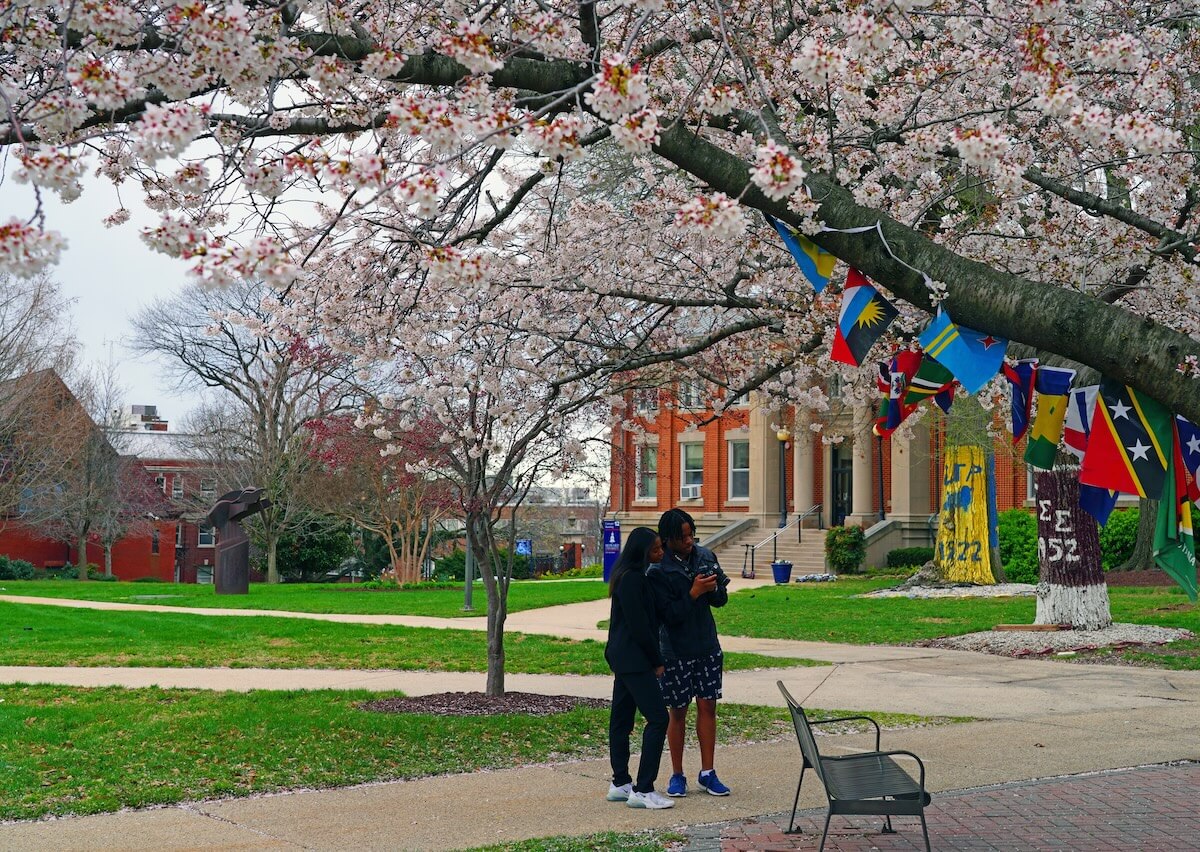ImpactAlpha, Oct. 1 – If you think things already are bad, consider that we’re also hurtling towards what scientists are calling Earth’s sixth mass extinction.
Biodiversity experts are ringing the alarm bells. A million species are at risk of extinction in as little as a decade. Human activity has altered nearly three-quarters of all land, crowding out wildlife and providing paths for zoonotic diseases, such as COVID-19, to make the leap to humans.
Homo sapiens, it seems, are not so sapient.
Humanity is “waging war on nature,” Secretary-General António Guterres said at yesterday’s U.N. biodiversity summit. “Deforestation, climate change and the conversion of wilderness for human food production are destroying Earth’s web of life.”
This week’s summit is an effort to reset global ambitions and enlist the power of capital markets to avert ecosystem collapse.
About half of global GDP – some $44 trillion – is dependent on nature, according to “The Future of Nature and Business,” from the World Economic Forum. A decline in pollinators, for example, would impact up to $577 billion annually in global crops that depend on their services. Increasingly endangered coral reefs generate $36 billion a year in tourism revenue and host more than one-quarter of marine fish species.
Transitioning to “nature-positive” systems across key sectors could generate up to $10 trillion in annual business value and create 395 million jobs by 2030. Financing for public and private conservation has increased, but is still dwarfed by subsidies and funding for activities that are harmful to the environment.
“There is no future for business as usual,” the WEF concluded. “We are reaching irreversible tipping points for nature and climate.”
Shifting capital
A decade after 194 countries agreed on targets under the Convention on Biological Diversity, not a single target has been achieved, according to a recent U.N. report card. Just six have been partially achieved. The 20 Aichi Biodiversity Targets, forged in Japan’s Aichi prefecture, aimed to raise awareness about the threat and slow the loss of species and habitat.
Food, ocean and land use take the biggest toll on biodiversity. The WEF estimates the trio exact a cost on nature of at least $12 trillion – more than their contribution to global GDP.
Loss of soil fertility and habitat including Amazon forests and Arctic permafrost will exacerbate global warming, driving more habitat degradation and biodiversity loss in a negative feedback loop.
“We need a transformational shift in the way markets, and the discipline of economics more broadly, value nature,” concluded “Financing Nature: Closing the Global Biodiversity Financing Gap,” from the Paulson Institute, The Nature Conservancy, and the Cornell Atkinson Center for Sustainability.
The surprising leader in the $36 billion global market for ‘payments for ecosystem services’
Global funding for biodiversity conservation by governments, philanthropy and businesses is between $124 billion and $143 billion annually, the authors estimate – triple the amount in 2012. Yet, some $722 to $967 billion will be needed annually over the next decade to reverse the alarming loss of biodiversity. That leaves an annual financing gap of around $700 billion – less than the world spends on cigarettes or soft drinks in a year, the authors point out. And a fraction of the $10 to $20 trillion governments are planning to spend over the next 18 months or so to aid the COVID recovery.
About half of the gap could be closed by shifting existing capital flows to more planet-friendly uses. One big target: the $542 billion that governments spend each year on agricultural, fisheries, and forestry subsidies that are harmful to nature.
Factoring biodiversity risk into investment decisions can start to shift capital. Sustainable finance can play a big role by increasing the use of green bonds, low-interest green loans and other financial products to direct capital for biodiversity protection.
Redirecting flows of finance at scale towards nature-positive activities is the aim of the Task Force on Nature-related Financial Disclosures, modeled on a similar task force for climate-related disclosures. A new 60-member working group to kickstart the effort includes Citi, BNP Paribas, Natwest Group, BP, PIMCO and the Principles for Responsible Investment. It plans to release a reporting framework in 2021.
Global challenge
A new biodiversity pact could set direction and marshal action in the same way the Paris Agreement provided a “North Star” for private and public sector actors.
Climate Finance 2020: Leaders and laggards in the race to net-zero
This week’s U.N. summit is a precursor to a new biodiversity deal that will be hammered out at next year’s COP15 in Kunming, China. One proposal: expanding conservation areas to 30% of the Earth’s surface by 2030. Just 15% of land and about 7% of oceans are protected today.
Such a move could generate an average of $250 billion in increased economic output annually and f $350 billion in improved “ecosystem services,” according to a July report by 100 economists and researchers. The U.K. and Canada were among the first nations to sign on to the ‘30 by 30’ pledge.
China’s role as host, along with its commitment last week to accelerate its plans to reduce carbon dioxide emissions, is raising hopes that it will step up even as the Trump administration retreats on environmental action.
“China takes seriously its obligations under environment related treaties including on climate change and biodiversity,” Chinese President Xi Jinping said at yesterday’s biodiversity summit. Xi promised that China would “adopt even more forceful policies and measures to peak carbon dioxide emissions before 2030 and achieve carbon neutrality before 2060.”
Ahead of the summit, 64 nations, led by the European Union, signed a “pledge for nature” aimed at reversing biodiversity loss, and “putting biodiversity, climate and the environment as a whole at the heart both of our COVID-19 recovery strategies and investments and of our pursuit of national and international development and cooperation.”
Another positive sign is the broader coalition involved in the biodiversity talks and the growing involvement of youths and indigenous people. Poor rural and forest-dwelling households rely on natural ecosystems for up to 90% of their livelihoods, according to the U.N.
“We, the youth, are ready to work with you to reverse the loss of biodiversity. Our question is are you?” Archana Soreng, part of the Khadia tribe in India and a member of the U.N.’s youth advisory group, told the summit. But she said that setting aside 30% of Earth’s land for conservation, as some have called for, could drive displacement of indigenous people and human rights abuses.
“We should be the leaders of conservation,” she said, “not victims of it.”











